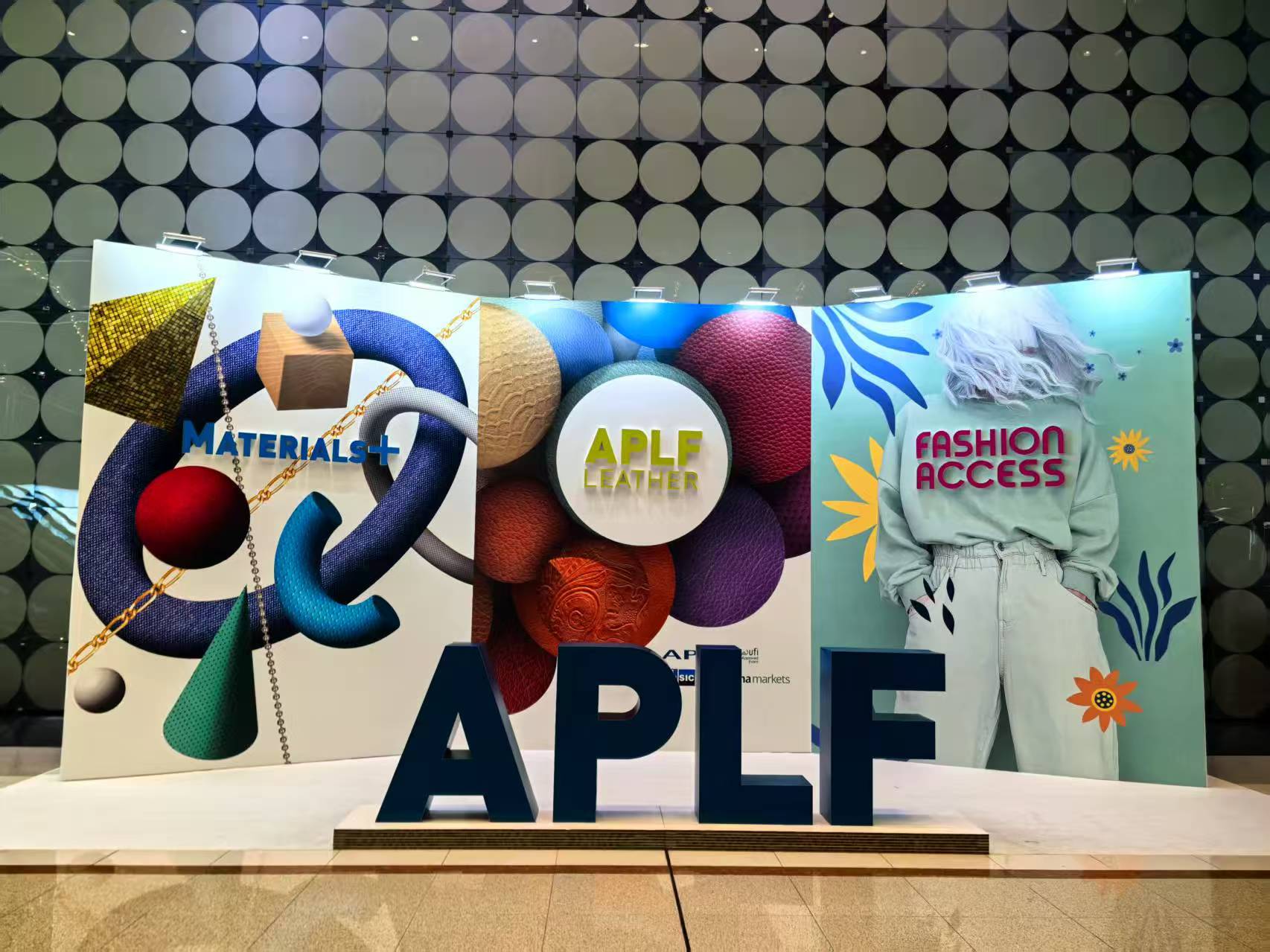Introduction:
When it comes to high-quality leather products, two terms frequently come up: Vegetable-Tanned Leather (植鞣革) and Full-Grain Leather. Understanding the differences between these two types of leather is crucial for consumers looking to invest in durable and aesthetically pleasing goods.
Vegetable-Tanned Leather:
Vegetable-tanned leather is a type of leather that is tanned using plant tannins, derived from materials such as tree bark, leaves, and fruits . This process results in a leather that is environmentally friendly and free from harmful substances, making it suitable for direct contact with the skin . Characteristics of vegetable-tanned leather include:
1. Eco-Friendly: As it uses natural tannins, it is a greener option compared to leathers tanned with chemicals .
2. Texture and Color: It tends to have a more rustic and natural texture, with colors ranging from light flesh tones to tan, depending on the tanning process .
3. Water absorption and Carvie: Vegetable-tanned leather is known for its strong water absorption and high plasticity, which makes it ideal for carving and shaping .
4. Natural Patina: Over time, this leather develops a unique patina, which adds character and depth to the product .
Full-Grain Leather:
Full-grain leather is the highest quality leather that comes from the top layer of the hide, retaining the full thickness of the skin and its natural grain . Here are the key features that distinguish full-grain leather:
1. Natural Grain: Full-grain leather showcases the natural grain and markings of the animal’s skin, providing a unique and high-quality appearance .
2. Durability: It is highly durable and strong due to the intact grain structure, making it suitable for long-lasting products .
3. Breathability: Full-grain leather is known for its breathability, which contributes to the comfort of the wearer or user .
4. Low Maintenance: Despite its high quality, full-grain leather is relatively easy to maintain and care for .
Comparison:
While both vegetable-tanned leather and full-grain leather are high-quality options, they serve different purposes and have distinct characteristics. Vegetable-tanned leather is valued for its eco-friendliness and the unique patina it develops over time, whereas full-grain leather is prized for its natural beauty, durability, and comfort .
Conclusion:
Understanding the nuances between vegetable-tanned leather and full-grain leather is essential for making informed decisions when purchasing leather goods. Each type of leather has its own set of advantages, and the choice between them often comes down to personal preference and the specific requirements of the product in question. Whether you’re looking for a sustainable option with a rich patina or a durable and comfortable material with a natural grain, both vegetable-tanned and full-grain leathers offer exceptional quality and distinct aesthetic appeal.



